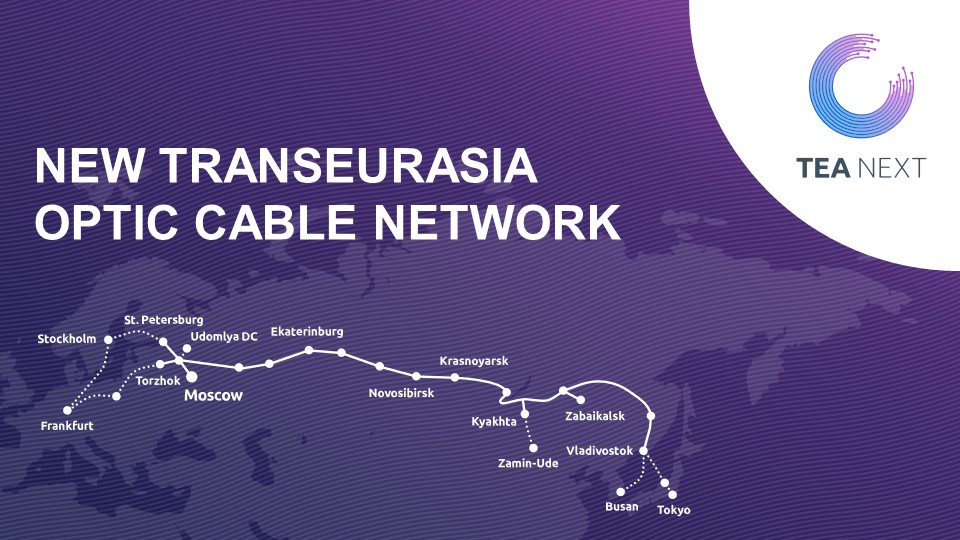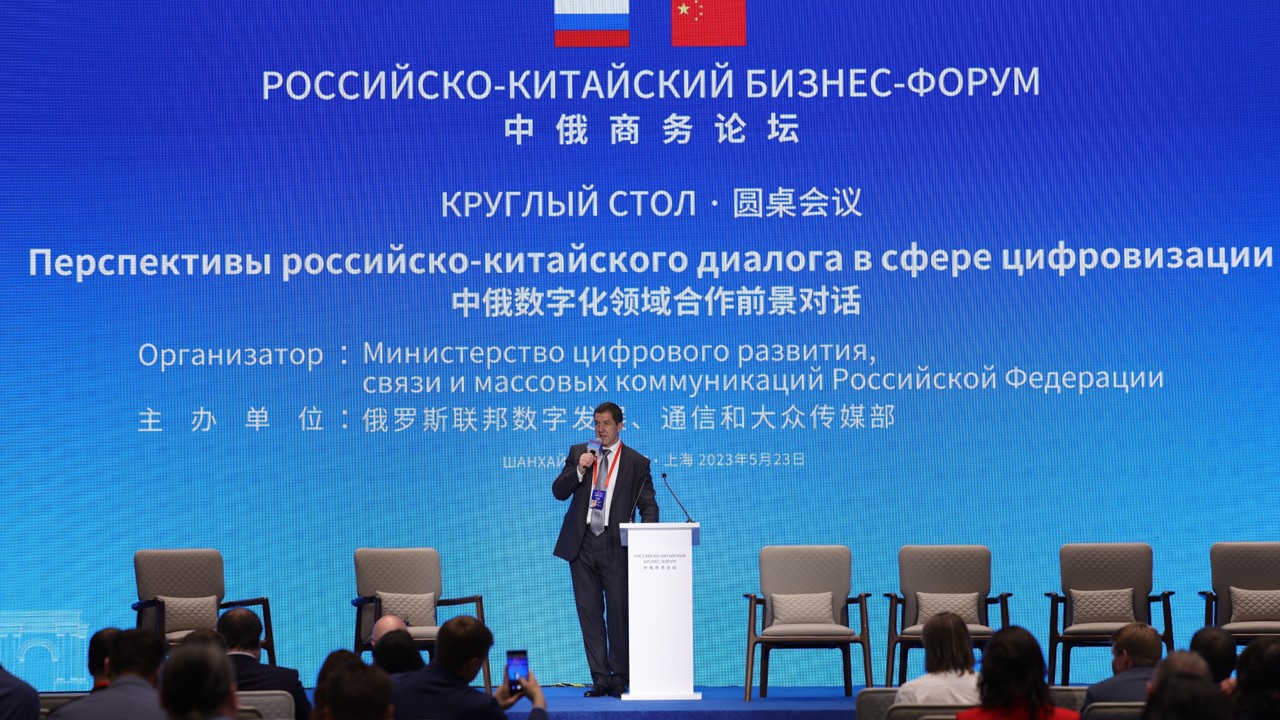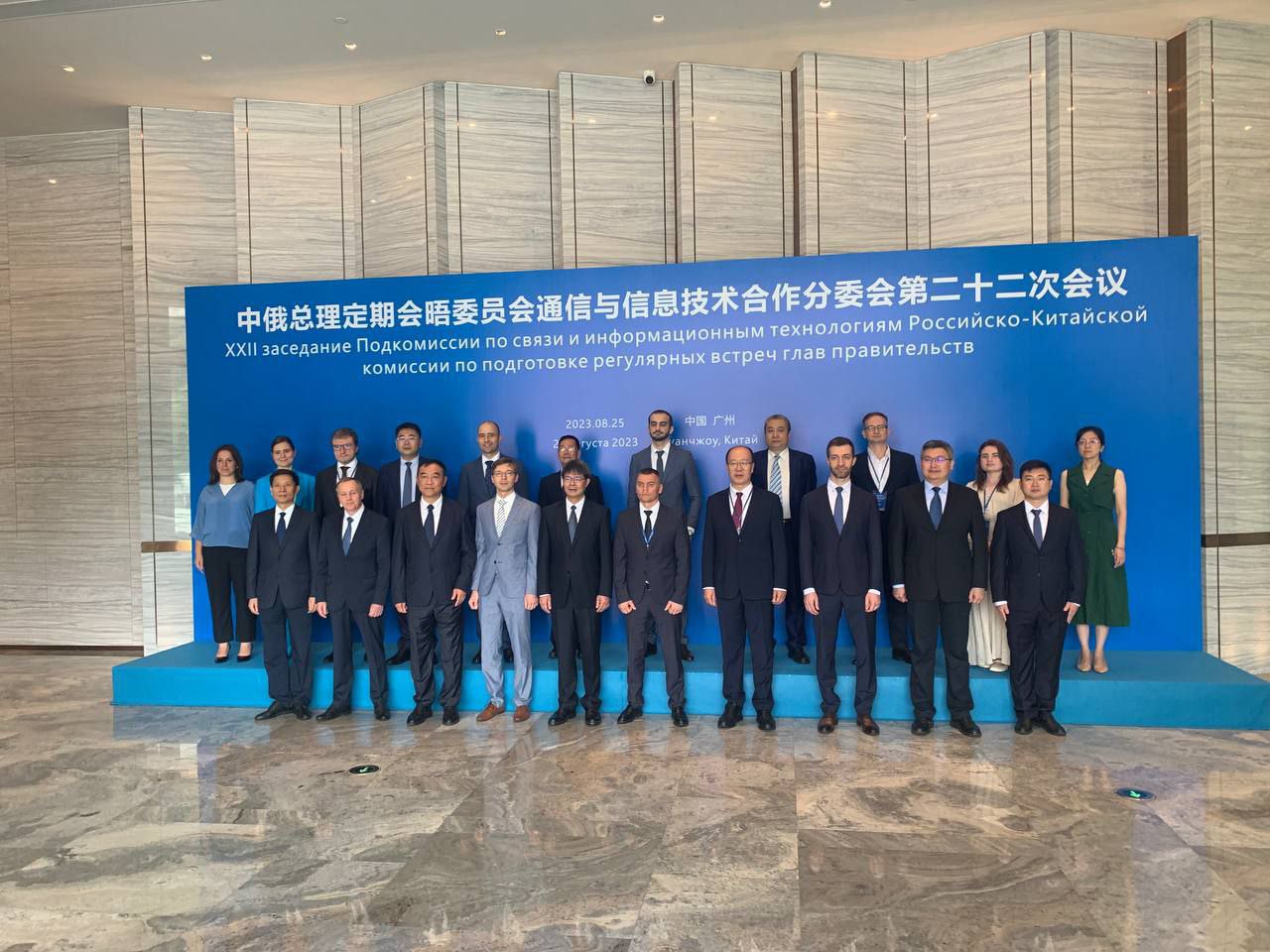
Rostelecom has developed and been operating a series of Transit Europe – Asia (TEA) terrestrial cable system, including TEA, TEA-2, TEA-3, TEA-4. The TEA NEXT will be the new generation of this series infrastructure, with brand new opitical fiber cables, purpose-designed cable routes and product offerings.
According to news release from Rostelecom, the TEA NEXT features:
Dark fiber products: TEA NEXT will provide clients with an opportunity to utilize the dark fiber infrastructure and locate its own equipment along the new fiber-optic communications line. TEA NEXT project capacity will reach 96 dark fiber lines, significant part of which will be available to international operators and global OTT companies as a transit communications means connecting Asia and Europe, and to national operators in Russia.
Brand new ULL fiber cables: The TEA NEXT line will be constructed based on the cutting edge Ultra Low Loss optical fibre which allow for use of all advanced long-distance DWDM equipment.
Low latency and the shortest route: The mainline will pass along the shortest route from West to East of the country with stations in largest cities including Saint Petersburg, Tver (Rostelecom’s data center in Udomlya), Moscow, Nizhny Novgorod, Kazan, Yekaterinburg, Tyumen, Novosibirsk, Krasnoyarsk, Irkutsk, Ulan-Ude, Chita, Khabarovsk and Vladivostok. The TEA NEXT will offer low latency service, with Round Trip Delay (RTD) of no more than 85 ms from Moscow to Vladivostok and 55 ms from Moscow to Khyagt.
Managed DWDM equipment: The first level of the infrastructure – dark fiber lines with platforms for own active DWDM equipment available along the new line, will be provided to clients for long-term use of up to 20-25 years. This will allow them to utilise dark fiber at their own discretion and with their own equipment during the entire guarantee period of up to 2045. The active DWDM equipment can be easily replaced or modernised at any time during the period of use which will increase efficiency of the capacity they acquire.
Special purpose company Atlas: The TEA NEXT project is developed by Rostelecom’s newly founded company Atlas which will be supported by financial and strategic partners, including one of the Russian banks and a number of international investors and communications operators.
19 July 2020, More details
https://www.submarinenetworks.com/en/systems/eurasia-terrestrial/tea-next/rt-launches-tea-next

